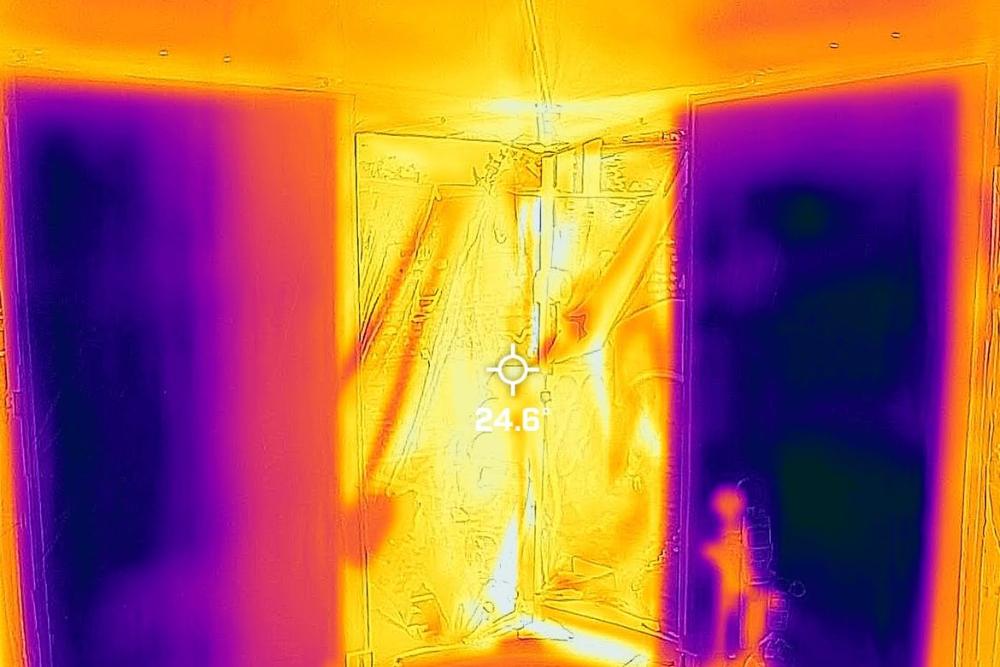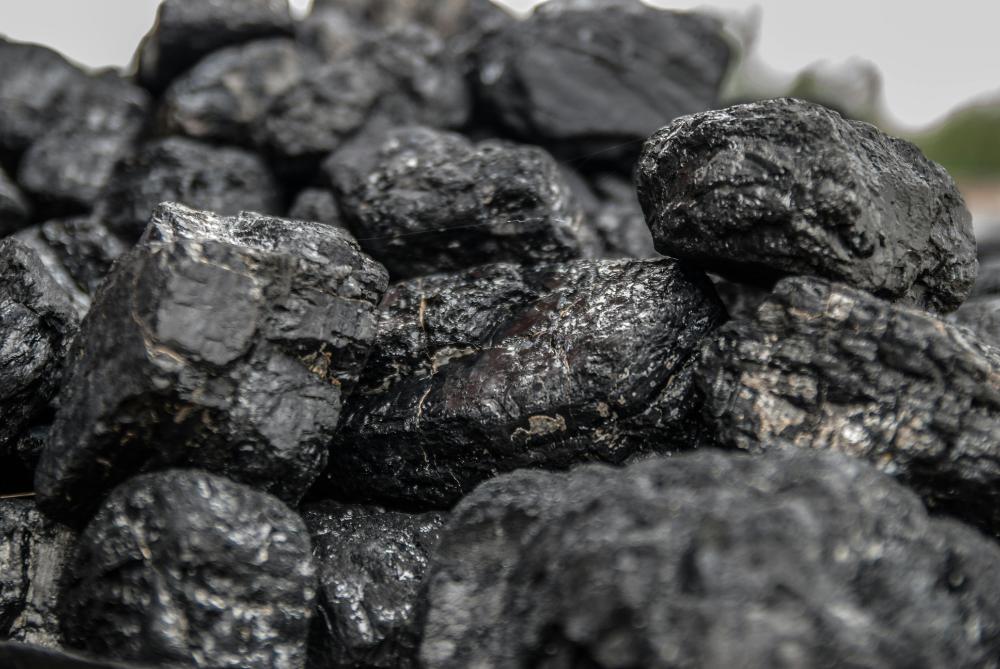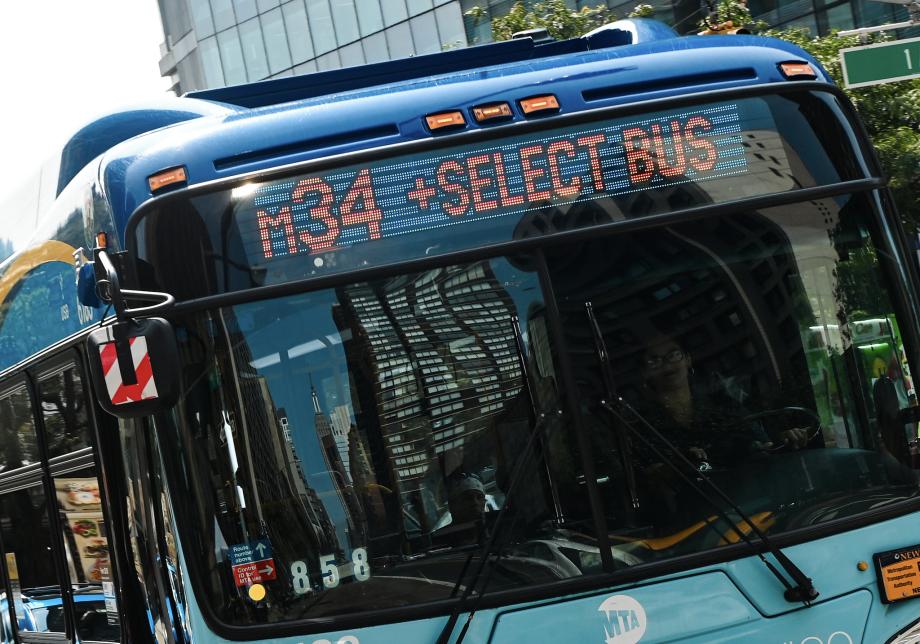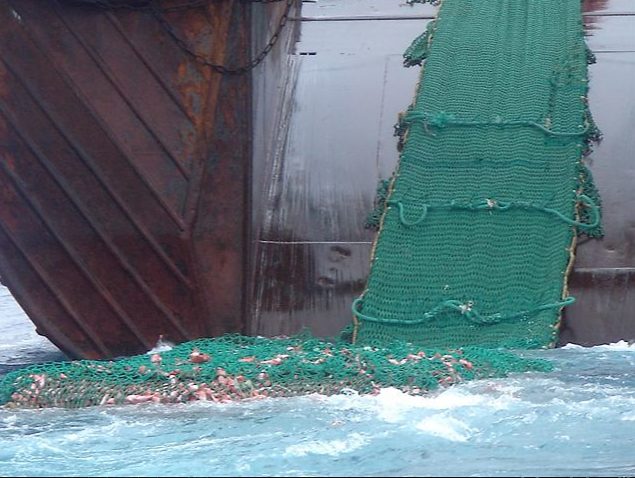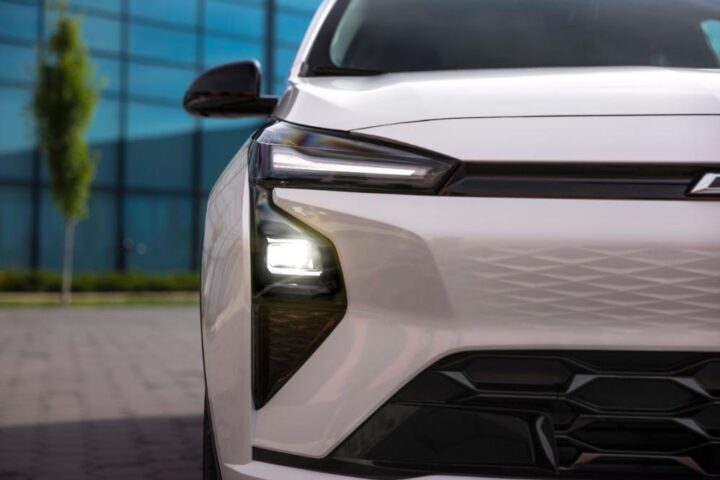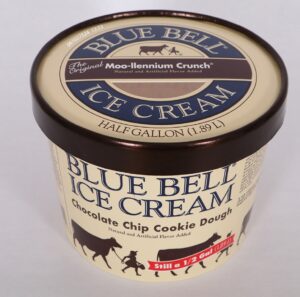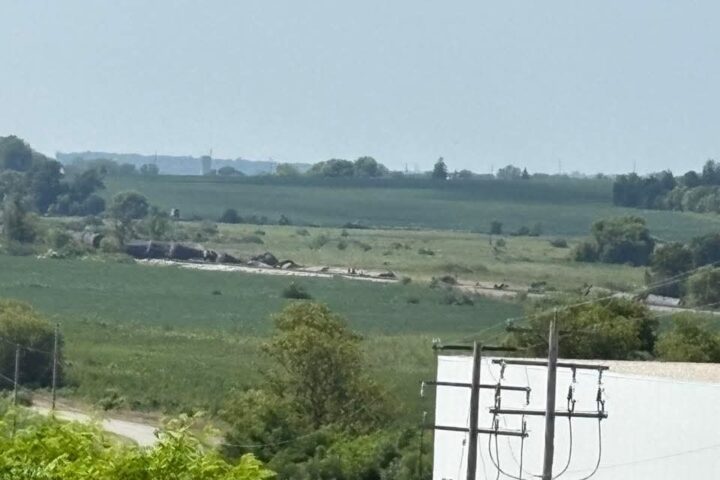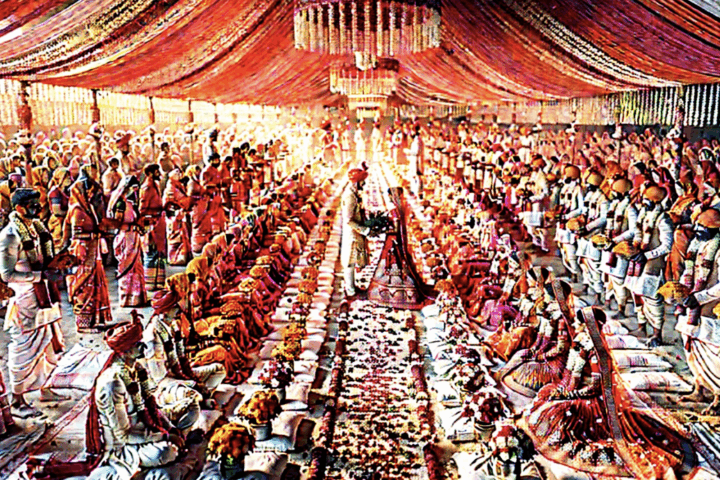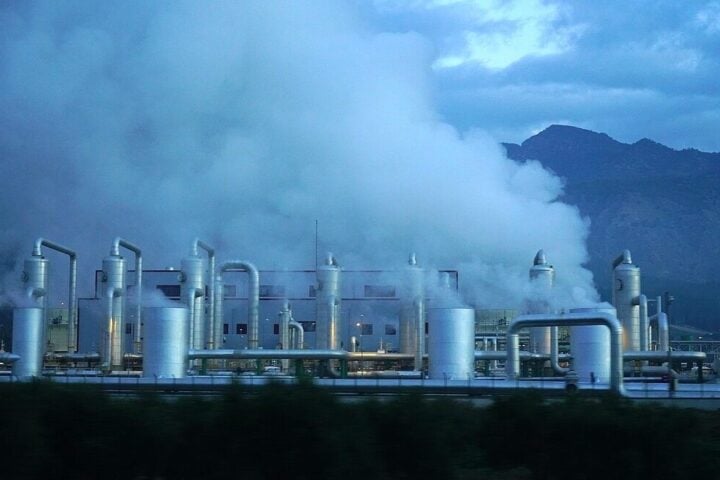In a city where summer temperatures often sizzle above 80°F, UCLA engineers have cooked up a refreshing solution to urban heat: a see-through cooling tent that makes outdoor spaces feel 10°F cooler. The innovation, featured as the June cover story in Nature Sustainability, combines water-cooled metal panels with transparent film to create cooling zones that work better than shade alone.
The cooling system offers relief for heat-vulnerable communities while preserving visibility and safety—critical requirements for public spaces. For people who must be outdoors during heat waves, like street vendors, transit riders, or park visitors, this technology provides a practical cooling option where air conditioning isn’t feasible.
How It Works: Cooling You Can See Through
When we talk about feeling hot outdoors, we’re actually experiencing two different types of heat transfer: convective heat (from hot air) and radiative heat (infrared energy from hot surfaces). Regular shade blocks direct sunlight but doesn’t stop the invisible infrared radiation that makes us feel hot.
“This low-cost and scalable design is a practical step beyond shade to help people who have to be outdoors on hot days, especially during periods of extreme heat,” explained Aaswath Raman, associate professor of materials science and engineering at UCLA who co-authored the study.
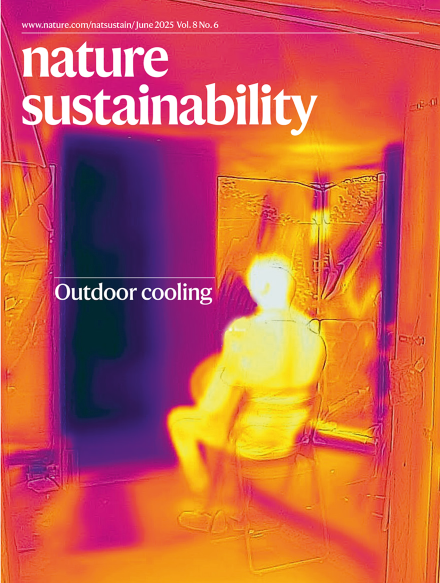
The UCLA cooling tent tackles both types of heat with a three-part system:
- Three hydronic radiant-cooling panels made of aluminum sheets with cold water flowing behind them
- Semi-transparent walls constructed of half-metallized thin polymer film that reflects infrared radiation
- A roof built from specialized radiative-cooling sheets
To maximize cooling efficiency, researchers painted the inward-facing side of the panels black to absorb body heat from people inside the structure. The result is a space that feels cooler than the actual air temperature—similar to how a grassy area feels cooler than an asphalt parking lot, even when the air temperature is identical.
Real-World Testing Shows Significant Cooling
The research team constructed a nearly 10-by-10-foot “tent” and tested it in two locations: the UCLA campus and the San Fernando Swap Meet. Both test sites experienced ambient temperatures in the mid-80s.
Measurements showed the mean radiant temperature inside the cooling structure was approximately 78°F—not only lower than the ambient air temperature of about 84°F but more than 10°F cooler than the mean radiant temperature of about 90°F that a person would have experienced under regular shade.
This difference is substantial in terms of human comfort. Participants who stood in the cooling structure reported feeling cooler and more comfortable than they would in shade alone during survey assessments.
“Cities need to think about shade as infrastructure,” said study co-author V. Kelly Turner, UCLA associate professor of urban planning and geography and associate director of the Luskin Center for Innovation. “This accessible design can help patch in where there is not enough shade for people to be comfortable outdoors on hot days.”
The Water Question: Resource Usage and Energy Efficiency
While the cooling performance is impressive, the current research doesn’t specify critical operational details like water flow rates, pump energy consumption, or the coefficient of performance (COP) for the cooling panels. These specifications would determine both the operating costs and sustainability of widespread deployment.
Hydronic cooling systems typically require water circulation to function effectively, with the exact requirements varying based on panel design and cooling needs. The energy efficiency of such systems depends on the temperature differential between the chilled water and ambient conditions.
Similar Posts
Hydronic cooling is generally considered more energy-efficient than conventional air conditioning for certain applications, though specific performance metrics for this outdoor system were not provided in the research.
Durability, Maintenance, and Installation Costs
The UCLA research describes the system as “low-cost,” but doesn’t provide specific installation cost estimates or durability projections. As with any outdoor system, factors like UV exposure, dust accumulation, and regular maintenance would likely impact long-term performance.
Regular cleaning would be necessary to maintain optimal performance, as dust and debris accumulation on the radiative surfaces would reduce cooling efficiency over time.
Climate Considerations: Where Would It Work Best?
The prototype was tested in Los Angeles, which has warm, dry summers. Radiative cooling typically performs differently across various climate conditions, with effectiveness potentially varying in humid versus arid environments.
The researchers’ tests focused on Los Angeles conditions specifically, without extrapolating performance to other climate zones.
Historical Context: Evolution of Outdoor Cooling
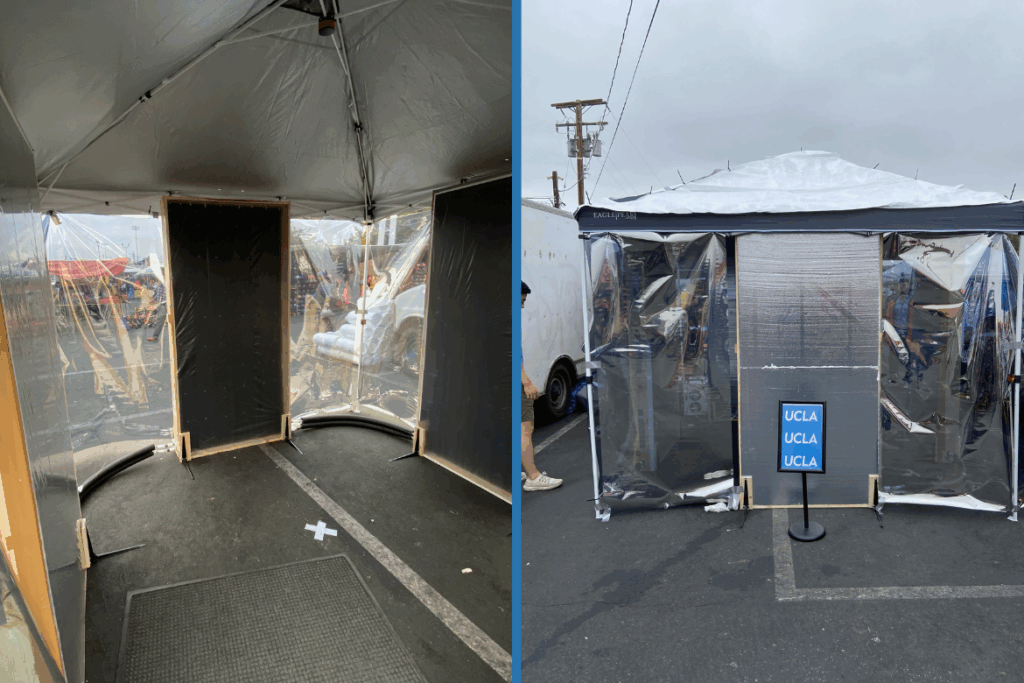
This innovation builds upon earlier radiative cooling research. While passive systems rely on specialized materials that naturally emit heat to the cold upper atmosphere, the UCLA approach combines passive elements with active hydronic cooling for enhanced performance.
The UCLA design addresses key limitations of earlier approaches. Previous radiant cooling structures often used dark, windowless spaces that created safety concerns for public areas. By developing a system with transparent walls that maintain visibility while still reflecting infrared heat, the researchers have made outdoor radiant cooling more practical for real-world applications.
Potential Applications
The technology shows promise for implementation in public spaces where traditional air conditioning isn’t feasible. The researchers specifically mention potential applications at “metro stops, parks and plazas” as noted in the UCLA press release.
Given the system’s demonstrated cooling effect, similar approaches could potentially be adapted for various outdoor settings where people need relief from heat.
The Research Team
The paper’s lead author is David Abraham, a doctoral student in Raman’s research group at UCLA Samueli. Other authors include Dr. Mackensie Yore, an emergency medicine physician at UCLA Health; Kirsten Schwarz, an associate professor of urban planning and environmental health sciences; Dr. David Eisenman, a professor-in-residence at the David Geffen School of Medicine; and Walker Wells, an urban planning lecturer. Additional contributors from Raman’s group include undergraduate student Robert Yang, former graduate student Xin Huang, and former postdoctoral scholar Jyotirmoy Mandal.
Moving Forward
The UCLA radiant cooling technology provides a new option in the toolkit for addressing urban heat. The combination of water-cooled panels and specialized transparent film creates cooling “tents” that feel 10°F cooler than ambient temperatures while maintaining visibility and safety.

While questions remain about water usage, energy consumption, durability, and installation costs, the system offers a practical approach to outdoor cooling in places where traditional air conditioning isn’t possible. Field tests have demonstrated significant cooling effects in Los Angeles conditions.
As cities worldwide face increasing heat challenges due to climate change, innovations like this radiant cooling system may help provide relief for heat-vulnerable communities in urban environments.
